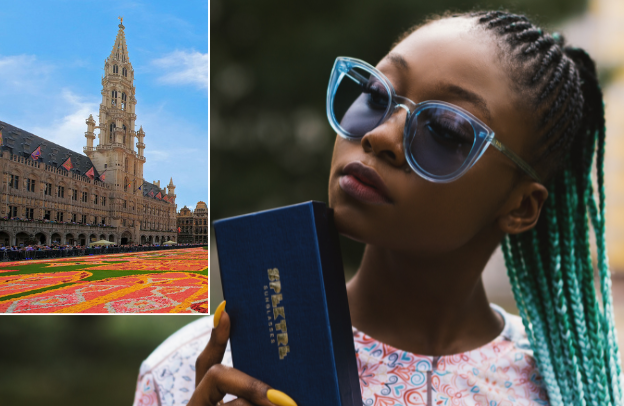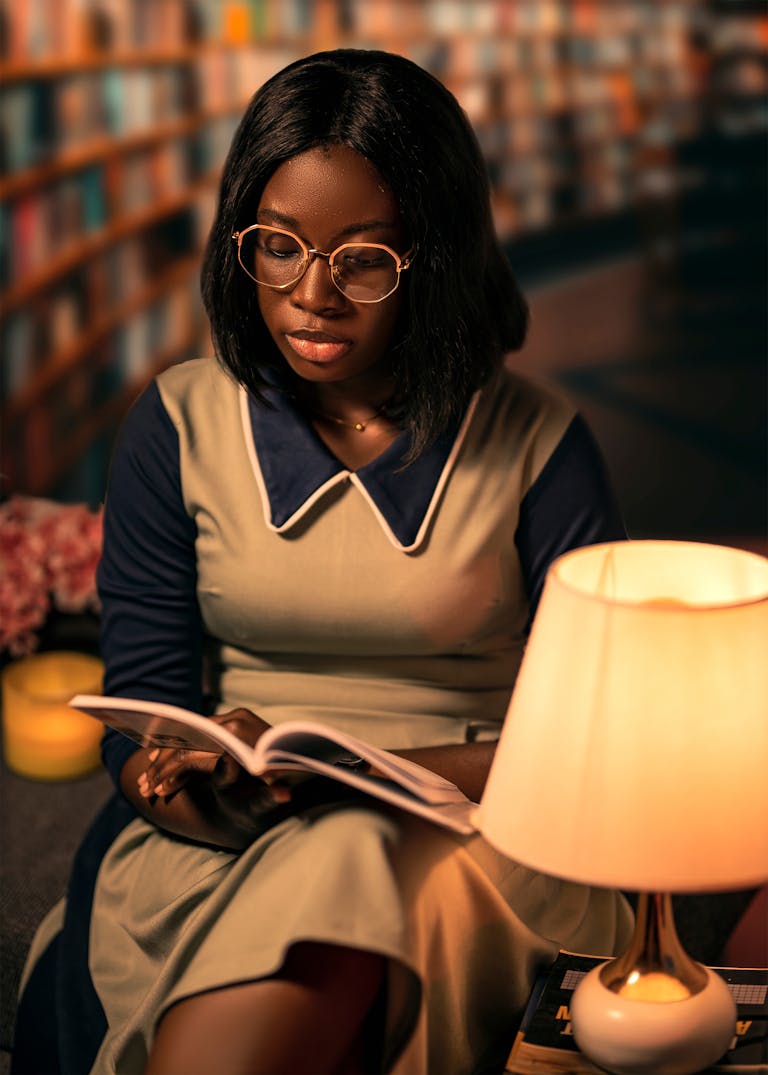Renate From Brussels to Congo, The Blood Still Cries from the Soil: A journey In Search of the Truth

For a long time, Renate had felt the weight of silence pressing against her, growing up in Brussels—a city where history was celebrated but never fully acknowledged. Surrounded by grand buildings and statues of King Leopold II, a figure whose name was etched into the very fabric of the city, Renate couldn’t escape the nagging feeling that something important was missing.
Learn How to Leverage Your Story through our Story To Asset Framework.
Her family’s whispered fragments of history—lost relatives, untold stories of brutal labor camps, and the echoes of atrocities committed in the Congo—left her restless. When she stood before the Royal Museum for Central Africa one afternoon, surrounded by treasures taken from the heart of Africa, it was as though the past screamed at her.
She couldn’t ignore it anymore. It was time to face the truth. Leaving Brussels behind, Renate booked a flight to Congo, not just to find answers, but to reclaim the truth buried beneath centuries of silence.
Day One – The Silence in the Marble
Renate grew up in Brussels, and her family rarely spoke of the past. There were only fragments: a missing great-grandfather, a grandmother who stared too long at old photographs, whispers of rubber plantations and severed hands.
But in school, there were no lessons about the millions who died, the villages burned, the limbs taken.
One afternoon, standing before the gilded Royal Museum for Central Africa, she felt something break. How can a country celebrate what it refuses to mourn?
That night, she booked a flight to Congo. She wasn’t going for answers. She was going for the truth.
Day Two – The Land That Bleeds Beauty
Kinshasa smiles with life. As Renate stepped into the Congolese heat, the air wrapped around her like a long-forgotten lullaby. Her French was fluent, but here, it carried a different weight—once the language of rulers, now layered with pain.
See also Verona’s Culinary Adventures – Restaurants and Places to Eat: My Verona Journey Series, Part 3
Everywhere she looked, there was contrast: vibrant markets beside crumbling colonial relics, laughter over echoes of suffering. She visited the National Museum, where artifacts were displayed like survivors—carved, scarred, sacred.
But in every face, she saw a question: Why did they do this to us?
Tomorrow, she would travel east, toward the regions most devastated by the Belgian rubber regime.
Day Three – Where the Trees Still Weep
In a remote village along the Congo River, Renate met elders who remembered. Not in facts and figures, but in story and soil. One woman, Mama Zawadi, took her hand and pointed to a scar on her arm.
“They did the same to my grandfather. He worked with rubber. When the quota wasn’t met, they punished everyone. They say the river ran red.”
Renate listened as the fire crackled. Her body felt heavy with the weight of memory. This wasn’t distant history. It was a living trauma.
Tomorrow, she would visit the ruins of an old outpost—one of Leopold’s stations of terror.
Day Four – Ghosts in the Brick
The outpost was crumbling, overgrown by vines, yet the terror still lived in the cracks. Renate stood before a rusted iron shackle buried in the mud. She imagined her ancestors shackled there, watched by white officers who measured their lives in kilos of rubber.
She touched the stone wall, and her hand trembled.
Suddenly, the wind picked up. She thought she heard footsteps—no one was there.
She whispered a name she didn’t know but felt: I see you. I remember.
Tomorrow, she would take part in a healing ritual the villagers had preserved for generations.
Day Five – A Ceremony for the Silenced
By the river, surrounded by elders and youth, Renate stood in a circle. Drums played low and steady. A priest poured palm wine into the earth, calling on the ancestors who were never buried properly, never grieved.
See also Places to Visit in Verona: My Verona Journey Series, Part 2
Renate wept openly as she offered a piece of cloth from her grandmother’s scarf to the flames.
“You return them to us,” the priest said. “You give voice to what Belgium tried to erase.”
She wasn’t just grieving—she was bearing witness.
Tomorrow, she would meet young Congolese activists who are reclaiming their history through art and protest.
Day Six – A New Generation Rises
In Kinshasa, Renate met painters, poets, and historians who refused to be silent. They showed her murals of resistance—images of amputated limbs beside crowns melting in fire. A rapper told her, “Our ancestors died nameless, but we name them in every verse.”
She spoke with a young woman organizing to remove Leopold’s statues. “We’re not erasing history,” she said. “We’re telling the truth.”
Renate felt something shift. Her mourning became movement.
Tomorrow, she would return to Brussels—but never again as someone whose history was stolen.
Day Seven – Back Where the Silence Began
Back in Belgium, everything looked the same—but Renate was not.
She walked past the statue of King Leopold, flowers at its feet. She placed a single stone beside it—not in reverence, but remembrance.
She began telling her story. In classrooms. On stages. In protests.
She told them about the hands. The children. The rubber. The resistance. And the millions who never had names or graves.
Because the land in Congo still bleeds.
Because the silence in Belgium is still loud.
But now, Renate carries both. And she refuses to forget.
Learn How to Leverage Your Story through our Story To Asset Framework.






